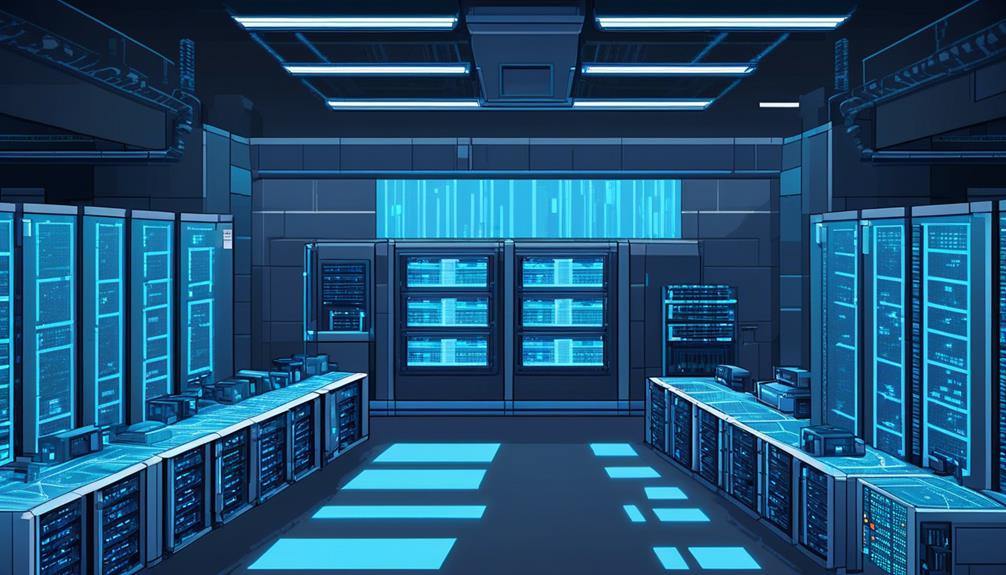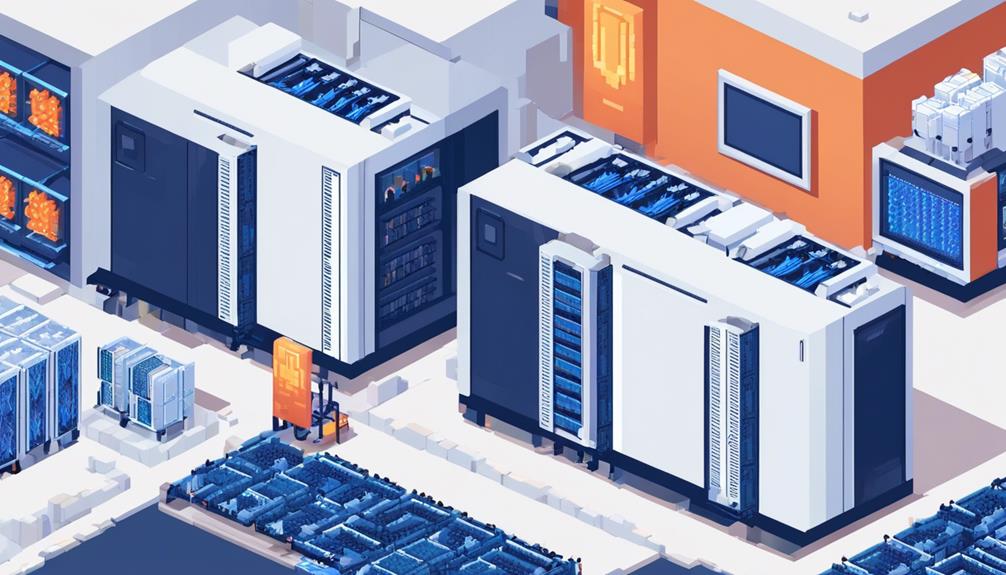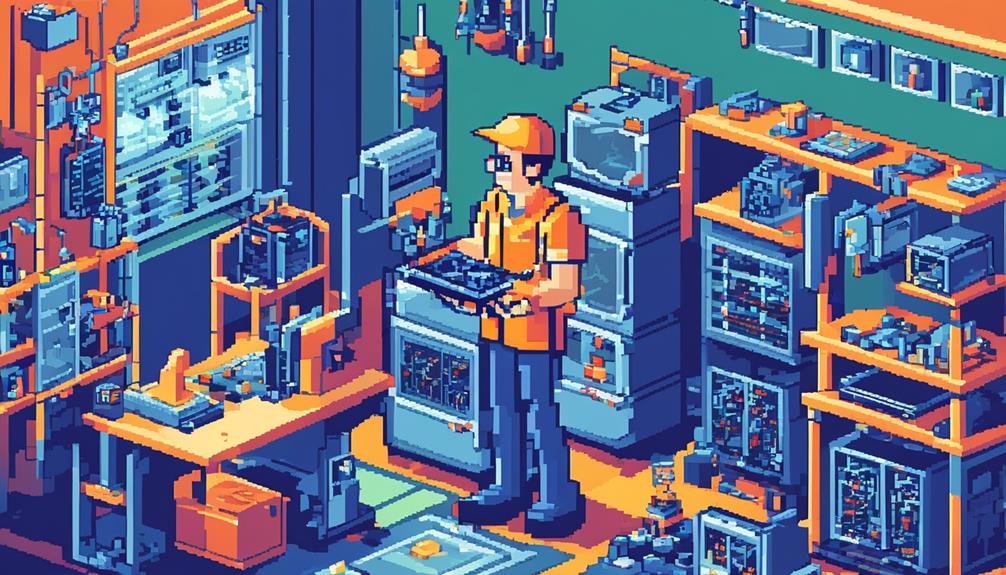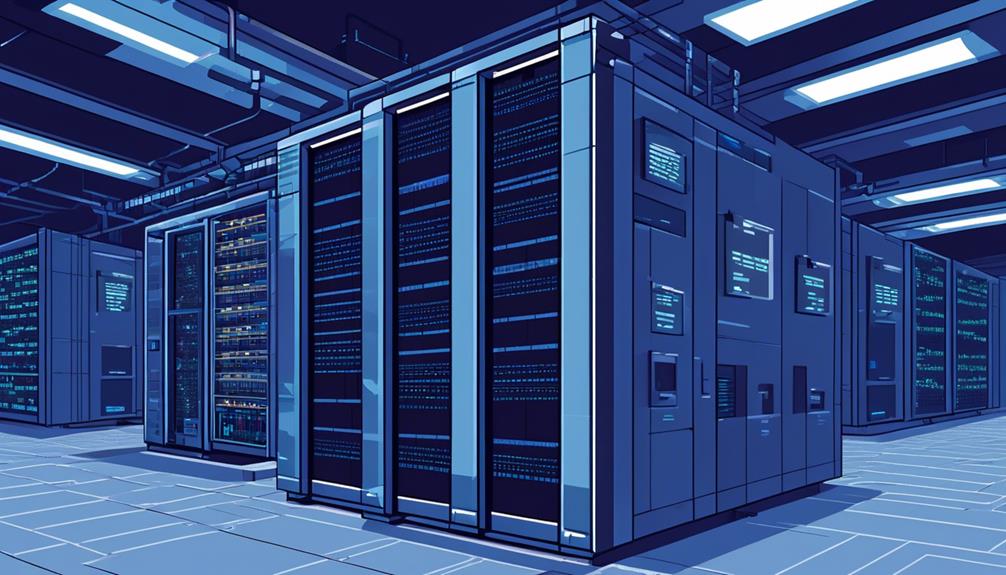In the world of telecommunications, the efficient cooling of hardware is a critical consideration for maintaining optimal performance and reliability. The traditional use of compressor-based air conditioners has been the go-to solution for cooling telecom equipment, but there is a growing demand for smaller, more efficient alternatives.
Enter thermoelectric cooler assemblies, which offer precise temperature control through the utilization of the Peltier effect. These compact cooling systems can effectively cool telecom hardware through convection, conduction, or liquid means, making them particularly suitable for mobile base stations and cell towers.
With a longer life cycle, lower maintenance requirements, and environmental friendliness, thermoelectric cooler assemblies are emerging as the preferred choice for telecom cooling.
To explore the different types of cooling systems, benefits of proper cooling, factors to consider in system selection, maintenance tips, and future trends in telecom hardware cooling, let's delve deeper into this fascinating topic.
Key Takeaways
- Inadequate cooling can lead to equipment failure, increased maintenance needs, and compromised performance in telecom hardware.
- Efficient cooling systems, such as air conditioning, thermoelectric cooler assemblies, and heat exchangers, are necessary to maintain the longevity and efficient operation of telecom equipment.
- Proper cooling safeguards critical telecom equipment, extends the lifespan of backup batteries, and prevents system failures and potential damage to hardware.
- Factors to consider in cooling system selection include environmental conditions and heat load, energy efficiency and cost of ownership, remote monitoring and humidity control capabilities, durability and reliability, and compatibility and integration with existing telecom equipment.
Importance of Cooling Systems

Efficient cooling systems are crucial for maintaining the optimal performance and reliability of telecom equipment. Inadequate cooling can lead to equipment failure, increased maintenance needs, and compromised performance, making a robust cooling system vital.
Telecom buildings house a vast array of equipment that generates significant amounts of heat. To ensure the longevity and efficient operation of this equipment, efficient cabinet cooling systems are necessary.
Telecommunications equipment, such as servers, routers, and switches, generate a substantial amount of heat during their operation. This heat can accumulate within the cabinets, potentially causing equipment failure and performance degradation. Efficient cooling systems are designed to dissipate this heat effectively, preventing overheating and maintaining stable temperatures within the cabinets.
Bard's cooling solutions are specifically designed to protect telecom hardware from heat damage and ensure consistent performance. With the transition to 5G technology, telecom centers experience varying heat loads due to increased data processing requirements. Bard's cooling solutions offer flexibility to accommodate these changing heat loads, ensuring that the cabinets remain within the optimal temperature range.
To enhance reliability, remote temperature monitoring is incorporated into cabinet cooling systems. Real-time information about the temperature status allows for proactive measures to be taken in case of temperature fluctuations. By preventing overheating, this monitoring system helps to prevent equipment failure and subsequent downtime.
Types of Cooling Systems
There are various types of cooling systems utilized in the telecom industry to maintain optimal temperatures and prevent heat damage to the equipment. These cooling technologies employ different methods to dissipate heat and ensure maximum efficiency.
Here are three types of cooling systems commonly used in the telecom industry:
- Air Conditioning: Compressor-based air conditioners are widely used to cool telecom equipment. These systems utilize refrigerants to remove heat from the air inside the cabinet. The air is then cooled and circulated back into the cabinet, while the heat is expelled outside. Air conditioning systems provide effective cooling for large-scale telecom installations and offer precise temperature control.
- Thermoelectric Cooler Assemblies: Thermoelectric cooler assemblies operate using the Peltier effect, which enables them to cool below ambient temperatures. These coolers are commonly used in mobile base stations and cell towers where precise temperature control is required. Thermoelectric coolers offer longer life cycles and lower maintenance requirements compared to compressor-based systems, making them a cost-effective cooling solution.
- Heat Exchangers: Heat exchangers are another type of cooling unit used in the telecom industry. These systems transfer heat from the inside of the cabinet to the outside using a fluid or gas. Heat exchangers use the principle of convection to dissipate heat efficiently. They are compact and can be easily integrated into telecom cabinets, providing effective cooling while minimizing space requirements.
Benefits of Proper Cooling

Proper cooling systems play a crucial role in safeguarding critical telecom equipment, ensuring reliable coverage during power outages, and extending the lifespan of backup batteries. Inside a cabinet, where telecommunications equipment operators house their hardware, heat load can accumulate quickly due to the high-power density components.
Without effective cooling, the equipment can overheat, resulting in system failures, reduced performance, and potential damage to the hardware.
To address these challenges, telecom operators are turning to efficient cooling solutions such as thermoelectric cooler assemblies. These compact and precise systems offer temperature control while minimizing the space required for installation. With a longer life cycle and lower field maintenance requirements, thermoelectric cooler assemblies provide a reliable and environmentally friendly cooling option that is compliant with RoHS regulations.
One notable example is Laird Thermal Systems' Outdoor Cooler Series, which offers a cost-effective solution for telecom operators. This series requires less maintenance, operates for longer periods, and consumes less power, resulting in a lower cost of ownership. By efficiently cooling the telecom equipment, the Outdoor Cooler Series ensures that dependable telecommunications continues even during challenging conditions.
Another provider of reliable cooling solutions is Bard. Their flexible cooling systems can accommodate changing heat loads and maintain stable temperatures, effectively meeting the cooling needs of 5G equipment. By utilizing Bard's cooling solutions, telecom operators can ensure that their equipment operates at optimal temperatures, prolonging the lifespan of the hardware and minimizing the risk of system failures.
Factors to Consider in Cooling System Selection
When selecting a cooling system for telecom equipment, various factors must be carefully considered to ensure optimal performance and protection of critical hardware. The demand for dependable telecommunications has led to businesses relying heavily on telecom equipment, making the selection of an efficient cooling system crucial.
Here are some factors to consider when choosing a cooling system for telecom hardware:
- Environmental Conditions and Heat Load: Evaluate the specific environmental conditions and heat load of the telecom site. This includes factors such as ambient temperature, humidity levels, and the amount of heat generated by the equipment. The cooling system must be able to effectively handle these factors to prevent overheating and ensure the reliable operation of the telecom hardware.
- Energy Efficiency and Cost of Ownership: Consider the energy efficiency of the cooling system to minimize operational costs. Evaluate the installation and maintenance costs associated with the system, as this can have an impact on the overall cost of ownership.
- Remote Monitoring and Humidity Control: In unattended base stations and cell towers, remote monitoring capability and humidity control are essential factors. The cooling system should have remote monitoring capabilities to allow for proactive maintenance and troubleshooting. Additionally, humidity control is important to prevent condensation and potential damage to the telecom hardware.
- Durability and Reliability: Consider the durability, reliability, and longevity of the cooling system, especially in 24/7 operational environments. The system should be able to withstand continuous operation and provide reliable cooling to protect critical telecom hardware.
- Space Constraints and Mounting Options: Evaluate the space constraints and flexibility in mounting options that the cooling system offers. This is particularly important for mobile base stations and compact telecom enclosures, where space is limited. The cooling system should be able to fit within the available space and offer various mounting options for ease of installation.
Maintenance Tips for Cooling Systems

To ensure optimal performance and longevity of cooling systems for telecom hardware, implementing proper maintenance practices is essential. Regularly checking and cleaning cooling system components such as filters, fins, and fan blades is crucial to ensure efficient airflow and cooling performance. By removing any dust or debris that may have accumulated, the system can operate within the manufacturer's specified operating range, preventing overheating and potential damage to the telecom hardware.
An efficient cabinet design is also key to maintaining a reliable cooling system. Telecom enclosures should be properly sealed to prevent air leaks, ensuring that the cooling system can effectively cool the equipment inside. Additionally, utilizing remote temperature monitoring can help detect malfunctions or abnormal temperature changes, enabling prompt action to prevent overheating and enhance the reliability of the cooling system.
Regular maintenance not only prevents performance issues but also reduces the need for unscheduled maintenance. By conducting routine checks and maintenance, electrical equipment can operate at ideal temperatures, minimizing the risk of overheating-related failures. This saves both time and resources, improving the overall efficiency of the telecom infrastructure.
Furthermore, considering alternative cooling technologies can also contribute to more efficient cooling. Thermoelectric cooler assemblies offer precise temperature control and longer life cycles, making them a more environmentally friendly option. Additionally, Full-Flow Economizer technology enables free cooling from outside air, reducing the reliance on air conditioners and saving significant energy.
The table below summarizes the maintenance tips for cooling systems in telecom hardware:
| Maintenance Tips for Cooling Systems |
|---|
| Regularly check and clean system components |
| Ensure efficient cabinet design |
| Utilize remote temperature monitoring |
| Conduct routine maintenance |
| Explore alternative cooling technologies |
Future Trends in Telecom Hardware Cooling
The future of telecom hardware cooling is marked by a shift towards compact and efficient thermoelectric cooler assemblies, offering precise temperature control and remote monitoring capabilities. As the demand for faster and more reliable telecommunications services continues to grow, there is a need for efficient cabinet cooling solutions to ensure optimal performance and longevity of the electronic components inside.
To paint a picture of the future trends in telecom hardware cooling, consider the following:
- Compact and Efficient Design: The traditional bulky compressor-based air conditioners are being replaced by more compact and efficient thermoelectric cooler assemblies. These assemblies provide precise temperature control within 0.01˚C, ensuring that the telecom cabinet remains at the ideal operating temperature.
- Remote Monitoring and Control: Future cooling systems are designed to incorporate remote monitoring capabilities, allowing users to access setpoint adjustment, zone monitoring, and unit monitoring. This enables enhanced control and oversight, ensuring that any potential issues can be detected and addressed in a timely manner.
- Environmentally Friendly Solutions: As the world becomes increasingly focused on sustainability, future trends in telecom hardware cooling are moving towards environmentally friendly solutions. Companies like Bard offer cooling systems that are designed to handle changing heat loads in telecom buildings while supporting the transition to 5G technology. Additionally, models like the Micro DC Aircon DV1920E-AC and DV2820E-AC provide efficient and environmentally friendly cooling for electronic and outdoor telecom cabinets, ensuring durability and reliability.
Frequently Asked Questions
What Are the Three Types of Cooling System?
Liquid cooling, air cooling, and passive cooling are the three types of cooling systems commonly used in various industries.
Liquid cooling involves the use of a liquid coolant to dissipate heat from the equipment.
Air cooling utilizes fans or blowers to circulate air and remove heat.
Passive cooling relies on natural convection or radiation to cool the hardware without any mechanical components.
These different cooling methods are chosen based on the specific requirements and constraints of the telecom hardware.
What Refrigerant Is Used in Telecom Ac?
Telecom air conditioners commonly use refrigerants such as R134a, R410A, and R407C for efficient cooling. These refrigerants offer good thermodynamic properties and comply with environmental regulations.
The advantages of using alternative refrigerants in telecom AC include improved energy efficiency and reduced environmental impact. Refrigerant leaks can have a detrimental effect on telecom equipment, emphasizing the importance of proper maintenance.
Innovations in telecom cooling technology aim to enhance efficiency and performance. It is crucial to adhere to environmental regulations and consider cost analysis when selecting a refrigerant for telecom AC.
What Is HVAC in Telecom?
HVAC in telecom refers to the Heating, Ventilation, and Air Conditioning systems that are crucial for maintaining optimal temperature and humidity levels in telecom equipment and infrastructure. These systems play a vital role in ensuring reliable network performance and preventing equipment failure due to overheating.
Centralized cooling, efficient HVAC systems, and the use of air filters are important in maintaining telecom hardware.
Furthermore, future advancements in cooling technology and energy-saving strategies are being explored to enhance the efficiency and sustainability of HVAC in the telecom industry.
How Are Cell Towers Cooled?
Cell towers are cooled using advanced cooling systems that prioritize energy efficiency, maintenance requirements, and environmental impact. These cooling systems utilize cutting-edge cooling tower technology and employ various heat dissipation methods such as convection, conduction, or liquid cooling.
Additionally, they are cost-effective and offer remote monitoring and control capabilities. By incorporating these features, cell tower cooling systems ensure the optimal performance and longevity of telecom hardware while minimizing energy consumption and environmental impact.
